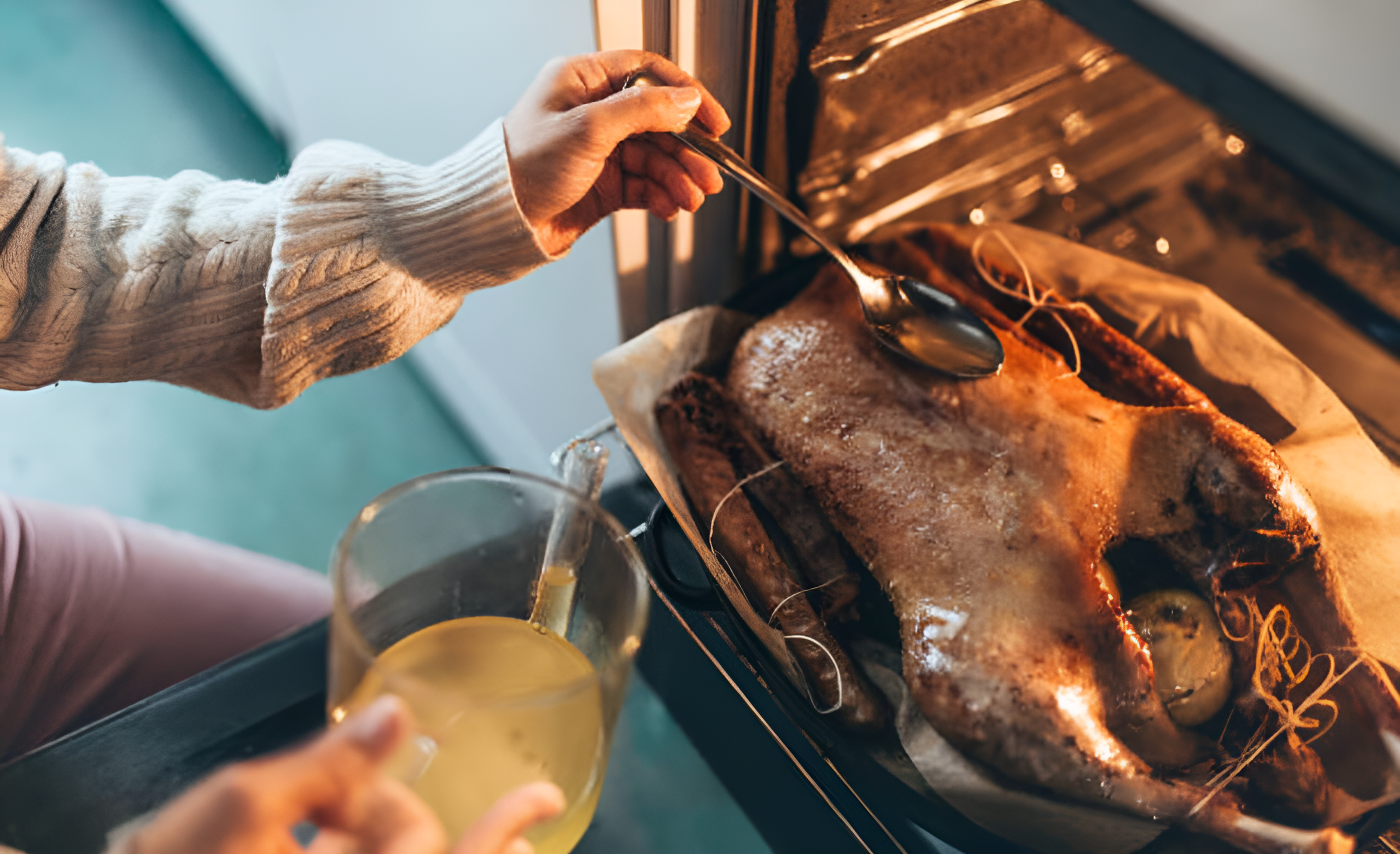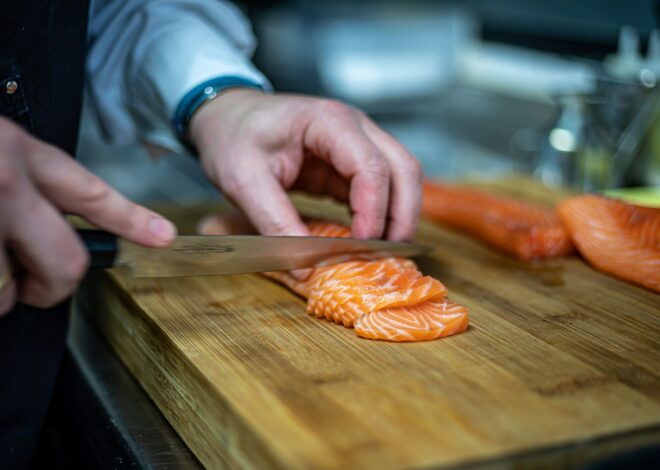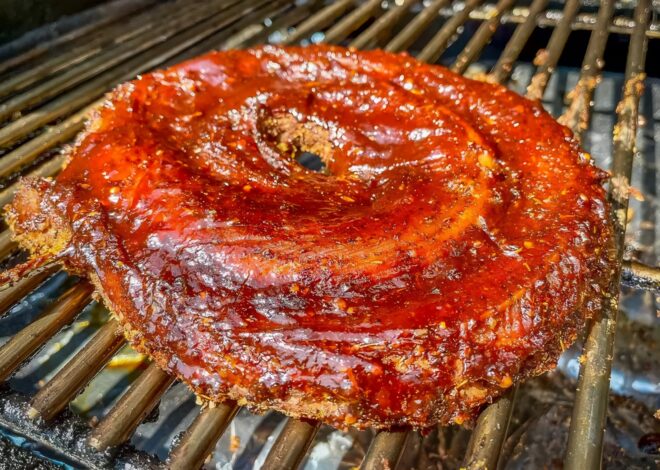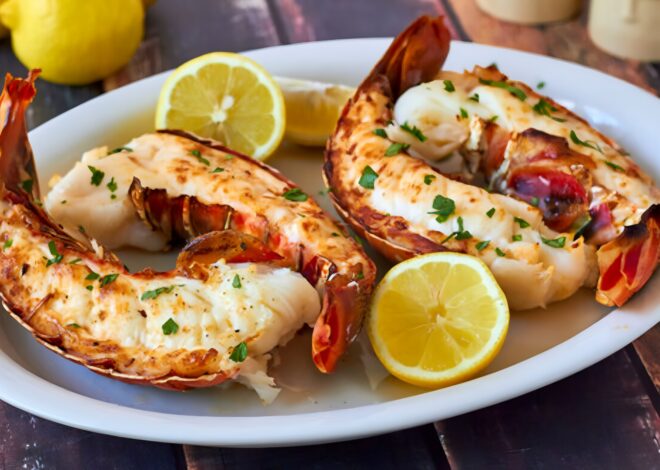
How To Cook A Goose
Whether you’re planning a festive dinner or simply want to try something new in the kitchen, learning how to cook a goose opens up numerous possibilities. Cooking a goose might sound intimidating at first, but it’s a culinary adventure worth embarking on.
This delectable bird is not just reserved for grand holiday feasts; it can be the star of any gathering or special occasion. With its rich flavor and succulent meat, a well-cooked goose can impress your family and friends alike.
From roasting to grilling, there are various methods that bring out its unique taste. Plus, with the right seasonings and techniques, you’ll achieve crispy skin and juicy meat that will have everyone asking for seconds.
Ready to dive into the world of gourmet cooking? Let’s explore everything from preparing your goose to delicious recipes that will elevate your dining experience!
Preparing the Goose:
Preparing a goose is an essential step in achieving that perfect roast.
A. Cleaning and Defrosting
When it comes to cooking a goose, the first step is crucial: cleaning and defrosting. If your bird is frozen, allow it to thaw in the refrigerator for at least 24 hours. This will ensure even cooking later on.
Once thawed, it’s time to clean. Rinse the goose under cold water to remove any lingering remnants from processing. Pay attention to cavities where debris can hide.
Next, check for excess feathers or pinfeathers that may still be attached. Use tweezers or your fingers to pluck them out gently.
After rinsing and inspecting, pat the skin dry with paper towels. Removing moisture is key for achieving that coveted crispy skin during cooking!
Now you’re ready for the next steps in preparing this delectable dish while ensuring cleanliness every step of the way.
B. Trimming and Seasoning
Trimming the goose is an essential step that enhances both presentation and flavor. Start by removing excess fat around the cavity and neck area. This helps prevent a greasy result when cooking. Use a sharp knife for precision, ensuring you don’t cut into the meat itself.
Once trimmed, it’s time to season your goose generously. A mixture of salt, pepper, and fresh herbs works wonders. Consider using rosemary or thyme for an aromatic touch.
Rub the seasoning all over the bird, including under the skin where possible. This allows flavors to permeate deeply during cooking.
Adding citrus slices inside the cavity can elevate taste further; oranges or lemons work beautifully with goose meat. Don’t shy away from experimenting with spices like garlic powder or paprika to create a unique profile tailored to your palate.
C. Tying and Trussing
Tying and trussing a goose is essential for even cooking. This technique helps maintain the bird’s shape and ensures that it cooks uniformly.
Start by tucking the wing tips under the body. This prevents them from burning during roasting. Next, grab some kitchen twine; it’s your best friend in this process.
Begin at one end of the bird, wrapping the twine around its legs and crossing them to secure them together. Pull tightly enough to hold but not so tight that you damage the skin.
Then wrap up towards the breast, making sure everything stays compact. Tie off any excess twine securely at the top or tuck it underneath.
A well-trussed goose will retain moisture better while enhancing presentation when served on your table. It’s an easy step that makes a big difference!
Cooking Methods:
When it comes to cooking a goose, the method you choose can greatly influence its flavor and texture. Each technique brings something unique to the table; it’s all about what suits your taste preferences best.
A. Roasting
Roasting a goose is a timeless method that brings out its rich flavors and creates that mouthwatering crispy skin. Begin by preheating your oven to around 350°F (175°C).
Place the cleaned and seasoned goose breast-side up on a roasting rack in a deep pan to catch those delicious drippings. Don’t rush this part; let it rest at room temperature for about half an hour before cooking. This helps with even cooking.
Baste the bird every 30 minutes with the rendered fat for extra moisture and flavor. Depending on size, you’ll want to roast it for approximately two hours, or until the internal temperature reaches 165°F (74°C).
For that perfect golden-brown finish, crank up the oven to broil during the last few minutes of cooking. Keep an eye on it—this step adds irresistible crispiness! Your kitchen will fill with enticing aromas as you wait patiently for dinner time.
B. Grilling
Grilling goose offers a unique twist to traditional cooking methods. The smoky flavor enhances the rich taste of the meat, making it truly unforgettable.
Start by prepping your grill. Whether using charcoal or gas, ensure it’s preheated to medium-high heat. This helps achieve those beautiful grill marks while sealing in juices.
Cut the goose into manageable portions for even cooking. Marinating beforehand can elevate flavors; consider a blend of olive oil, garlic, and herbs for a delicious touch.
Place the pieces on the grill skin side down first. This will render some fat and give you that nice crispy exterior. Remember to keep an eye on them as they cook quickly.
Turning frequently will help prevent flare-ups due to the dripping fat. Aim for internal temperatures around 165°F for safety and tenderness. Enjoy every juicy bite!
C. Smoking
Smoking a goose brings out rich, smoky flavors that elevate this bird to gourmet status. The process requires patience and attention to detail, but the results are truly rewarding.
Begin by preparing your smoker. Use wood chips like hickory or applewood for a fragrant infusion. Soak the chips in water for about 30 minutes before using them; this ensures they smolder rather than burn quickly.
While your smoker heats up, season the goose generously with salt and pepper. You might even consider marinating it overnight for added depth of flavor. Once ready, place the goose breast side up on the grill rack.
Maintain a steady temperature between 225°F and 250°F during cooking. This low-and-slow method allows the meat to absorb all those delicious smoky notes while keeping it tender and juicy. Check periodically, basting if desired, until you reach an internal temperature of 165°F in the thickest part of the breast.
Delicious Goose Recipes:
These recipes are just starting points for exploring goose’s rich flavors and versatility in your kitchen. Each dish offers a unique experience that’s sure to impress family and friends alike.
A. Classic Roasted Goose with Herbs and Citrus
Classic roasted goose is a timeless centerpiece for any special occasion. The rich flavor of the meat pairs beautifully with fresh herbs and zesty citrus.
Start by seasoning the cavity generously with salt and pepper. Stuff it with a blend of rosemary, thyme, and slices of lemon or orange. This infuses moisture into the bird while enhancing its natural taste.
Roasting at a high temperature ensures crispy skin that crackles deliciously when you carve into it. Baste occasionally to keep the meat juicy, allowing those herbaceous notes to permeate every bite.
Serve this succulent dish alongside root vegetables or fluffy dumplings for an unforgettable feast. Each slice reveals tender, flavorful meat that’s sure to impress your guests—and yourself!
B. Grilled Goose Breast with Balsamic Glaze
Grilled goose breast with balsamic glaze is a delightful dish that brings out the rich flavors of the meat. Start by marinating the breasts in a mix of balsamic vinegar, olive oil, garlic, and herbs for at least an hour. This enhances the taste while tenderizing the meat.
Preheat your grill to medium-high heat. Remove excess marinade and season with salt and pepper before placing them skin-side down on the grates. Grill until you achieve those lovely char marks.
Flip carefully once. As it cooks, brush on more balsamic glaze for extra flavor and shine. The key here is to avoid overcooking; aim for an internal temperature of 160°F for perfect juiciness.
Serve sliced with fresh greens or roasted vegetables for a stunning presentation that’s sure to impress guests at any gathering!
C. Roast Goose with Crispy Skin
Roast goose with crispy skin is a culinary delight that elevates any gathering. The secret lies in the preparation and cooking technique.
Start by ensuring your goose is thoroughly dried after cleaning. Pat it down with paper towels, as moisture can hinder crispiness.
Next, score the skin gently in a diamond pattern, being careful not to cut into the flesh. This allows fat to render out during roasting, leading to that sought-after texture.
Season generously with salt and herbs of your choice—thyme and rosemary work beautifully here. A sprinkle of citrus zest adds a refreshing twist.
When it’s time to cook, roast at high heat initially before lowering temperatures for even cooking throughout. Keep an eye on it; you want golden brown skin that’s irresistibly crunchy while maintaining juicy meat underneath. Serve this showstopper for an unforgettable meal experience!
Tips for Perfectly Cooked Goose
To achieve perfectly cooked goose, start by ensuring it is completely thawed if frozen. This may take several days in the fridge. Next, score the skin lightly but avoid cutting into the meat. This helps render fat and creates a crispy texture that everyone loves.
Use a meat thermometer to check for doneness. The internal temperature should reach around 165°F for safety while maintaining juiciness. Basting is key during cooking, especially when roasting. It nourishes your bird with flavor and moisture throughout the process.
Let your goose rest once it’s out of the oven or off the grill. A 20-minute rest period allows juices to redistribute, enhancing tenderness. Consider using herbs and spices specific to your taste preferences in seasoning; this can elevate every bite into something memorable.
Common Mistakes to Avoid
One common mistake is not allowing the goose to defrost properly. Cooking a frozen bird can lead to uneven cooking and tough meat. Always plan ahead and give it ample time in the refrigerator. Another frequent error is neglecting to season adequately. A well-seasoned goose enhances its rich flavor.
Don’t skimp on herbs, spices, or even citrus to elevate your dish. Many cooks also forget about the importance of resting the meat after cooking. Slicing into it too soon causes juices to run out, leaving you with drier meat than desired.
Be cautious with cooking times. Every oven is different; relying solely on recipes can result in overcooked or undercooked sections. Use a meat thermometer for best results—aim for an internal temperature of 165°F (74°C) for safety and juiciness.
Conclusion: Enjoy Your Deliciously Cooked Goose!
Cooking a goose can be an exciting culinary adventure. With the right preparation and cooking methods, you can create a dish that will impress your family and friends. Whether you choose to roast, grill, or smoke your goose, each method offers unique flavors and textures.
Don’t forget to experiment with delicious recipes like classic roasted goose with herbs and citrus or grilled goose breast with balsamic glaze. The possibilities are endless when it comes to seasoning and pairing your bird.
Remember the tips for perfectly cooked goose: ensure even trimming, keep an eye on cooking times, and always strive for that perfect crispy skin. Avoid common mistakes such as undercooking or over-seasoning which can ruin the experience.
So gather your ingredients, roll up your sleeves in the kitchen, and enjoy creating this delightful dish from start to finish! Your taste buds will thank you for it!



